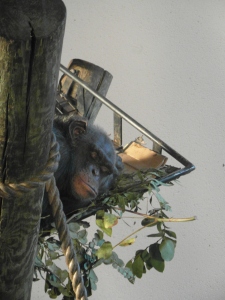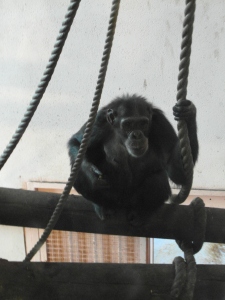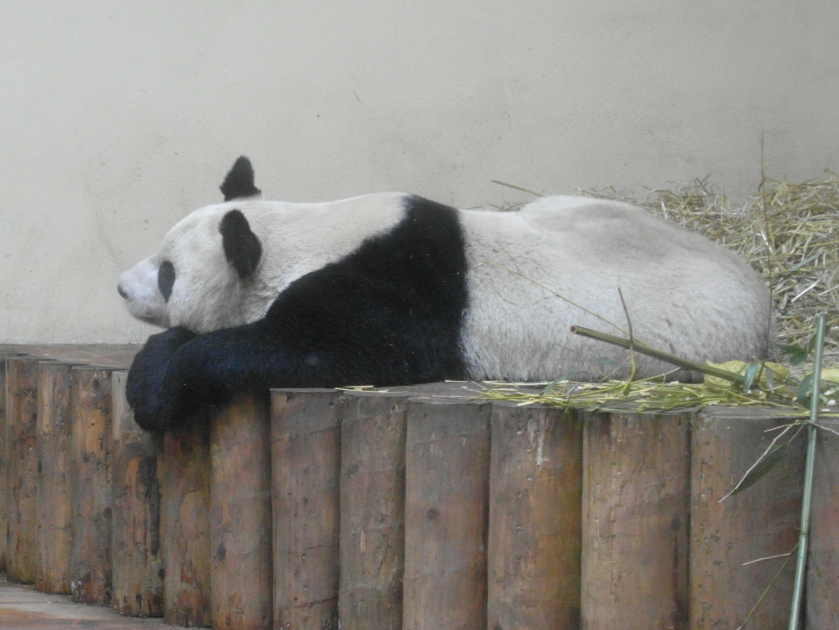So for the 2nd part of my “21st Century Designer” module assignment, I had to team up with a few people and people watch in one of the following places:
- The Bingo
- Football Match
- Casino
I decided to go to the Bingo hall in Dundee with Errin Miller and Amy Malcolmson! Neither of us had ever been before so no one knew what to expect (unless of course, family members who go to bingo told us!). We were to go based on an place that we would never normally visit as opposed to a place we always tend to visit. So, we picked the Bingo!

Firstly, to get into the Bingo, we had to become members and pay £4.90 for 7 books and an extra Easter bonus game (this was for the second half as we arrived during the first game).I found that the staff were particularly helpful and explained everything that we had signed up for and made the membership quick and easy! We got allocated our welcome pack and free dab pen in any colour that we wanted too! A member of staff explained the rules of the game as we obviously didn’t look like frequent bingo game players! The concept of the game seemed fairly easy but the staff were at hand if there was any problems. Having helpful staff made the environment much more friendly so I think it would make the players feel happy and welcome. Especially newcomers.
So…as we had an assignment to do, I tried to get as much information I could before and in between games as Bingo is quite a fast paced game! Before the game started, I decided to put my people watching skills to the test and began to observe my surroundings. There was still a game going on when we sat down so this gave me a chance to see the bingo players in action! this is what I observed:
Players
- Probably one of the first things I noticed about the players was that they were all very focused and very quick! whereas, I found it quite intense! I would have probably got a headache if I had been there a while!.Suggested that a lot of the regulars are very keen players and found it particularly easy to concentrate without getting distracted. They could be avid readers? or dedicated to certain hobbies such as knitting/cross stitch? something that requires a lot of concentration.
- I noticed that a few of the players had electronic game cards as opposed to paper ones. This suggested to me that they were frequent players. They may have been computer literate? so they may be used to using computers everyday or every other day.It suggested they were fast learners and opted for a more modern approach so were keen to try to experience new things.
- That a lot of people sat by themselves or in small groups. Also, they seemed to sit a part from one another even though the bingo hall is very big and has many seats and tables. Each area was also coloured coded (Red,Blue and Green) so it would make it easier for the staff to find the winners.
- There was a lot of older people there but it was surprising to see another group of younger adults and a few other younger couples!
- We had also noticed that the staff had glanced over to our table a few times whilst the games were on. Most likely because they could tell who the newcomers were! We were also quick to realise who the regulars where as they were very quick and were frequent winners. This felt quite intimidating I thought.



Decoration
- Highly patterned and a lot of bright colours on walls, carpets, furniture etc. This suggests a fun and welcoming environment that would make you want to stay and play more games! As well as the bright interiors, the game packets, tokens and dab pens were also brightly coloured! This emphasise a much more enjoyable atmosphere.
- When walking through to the large bingo hall, we entered a room filled with brightly coloured flashing slot machines and change machines! It felt like being at the carnival or in an amusement area with all of those bright lights! This could have been a plan when planning out this building? ways to encourage more money spending and gambling.

Advertisements
- On most of the tables and the reception/help desks, there was a few leaflets on different offers held throughout the week for example, Monday was “Play for a Tenner” and Friday Mornings was “£1 for the Friday”. The colours used for those leaflets were also quite contrasting so It encourages more players as the deals are temptingly cheap!
- We noticed that the food and drink was also at cheap prices so I think this tries to encourage players to stay longer and spend more on games.
- I noticed from a flyer that Mecca Bingo has online game playing so this suggested that the Bingo could be branching out to a wider age range and are also trying to encourage players to become much more comfortable with electronic equipment.
Atmosphere
- During game play, it is very quiet so there was no talking, only the sound of the bingo dab pens on the paper game cards. I noticed that this could be part of a “rule” .The only other noises are those of the bingo caller and anyone who shouts “House!” (which was a lot!). I noticed that whenever someone had shouted house or held their game cards up when a member of staff went over to check, other players would whisper to each other or would have sighed or “tutted”. This suggests that some of the regular players could have been impatient or even jealous as they did not win, perhaps a sore loser or easily angered?
- There was a few slot machines in the main bingo hall but they were only played in-between game play. This seemed like another “rule”. They were quite loud machines so it would only be polite to play when a game is not on. I witnessed this during on one of the breaks.
After all of the games, we all discussed our observations and how we thought we coped with the speed of this game. We were not the only students there so we got a chance to discuss what we observed with two other 2nd year textile students. Dione Bowlt and Eilidh Alexander. When we all discussed, we found that our results were pretty much the same! Fast, intense but oddly addictive! Dione and Eilidh also spotted the much more experienced players in the hall right away whilst they were playing.They had arrived an hour before us so they had got really into it by the time we had arrived for the 2nd half! Overall, I think that we had all really enjoyed the experience and agreed it was very addictive!
When I was thinking about things that related in previous workshops or lectures, I had thought about our Subcultures and style tribes workshop and the brief lecture as I had missed the main lecture due to being in beautiful Paris with a few other textile design students! When I thought about subcultures and the bingo, I tried to think of it as in how the bingo attract their players and is it with their offers? I noticed it’s mainly an older audience, about 60 upwards. However, the brightly coloured interiors and flashing lights suggest a younger audience and more fun environment, not an older and more calming environment. I think this is because they want the players to stay as long as possible! keeping the interiors bright and fun makes the environment much more exciting and relaxing I feel because if it was dull and grey, the atmosphere would quickly deteriorate. It could also be a way of trying to attract a wider player range and not just the usual age groups. When thinking about style tribes, I found this one quite unusual as the bright colours and flashing lights do not necessarily attract the older generation, more so the younger generation so what attracts the older generation? could be that it was something very popular years and years ago and they had been brought up with it.
During some breaks between game play, I put my observation skills that I learned from “Snoop” by Sam Gosling, to the test! Snoop taught me to look between the lines and look for things that are not as obvious, things that could tell you something brief about a complete stranger. Encourage you to ask questions like Why did she sit there? Do they come here often and if so, is it daily? As I was facing the back wall ( I know, not the greatest place to sit!) I noticed an older woman at the very back. She was by herself and seemed a little angered when other’s called “House!” so this suggests she could be impatient or easily angered? Also, could suggest that she likes to be on the go and constantly having something to do. It was clear she was a regular because she was very fast, had her own dab pen and from what I presume, had a few different bingo game books (she wasn’t as close to see how many she had) so this could suggest she is a fast learner and can easily multi-task. When I decided to observe much more closely, I started to gain much more information.The objects and her behaviour whilst playing this game helped give me a brief insight into what I think could be part of her personality. Her impression on me was that she was a regular due to her speed. I noticed something quite strange whilst in the Bingo but then it came clear that it could have been quite common, who knows! Anyway, there was a couple who were sitting just a few tables away from us and when they left, that same woman who I had seen up the back, moved down to the recently emptied table for the next game. Odd?…perhaps but I thought that maybe that was her regular table so that was another point that made me think she was a regular player. This gave me another insight to her personality, maybe she was a very fussy person and who liked things done in a certain way? neat, organised and likes to stick to a routine or schedule.
When I imagined the bingo, I imagined it to be quite slow and maybe a bit boring?…oh, I was very wrong, it’s fast and quite addictive once I got into it. It was an interesting experience!
Overall, I found this assignment oddly exciting! I think it was great trying something completely new and in an environment that I am not entirely used to. When I first started playing the game, I found that it was quite intense and really fast paced but when I play a few games, I got quite into it! Once I figured out and remembered things about the bingo that my Gran had told me such as, the numbers being in a particular order, particular place etc it became quite addictive! If it hadn’t been for this assignment, I probably wouldn’t have stepped foot into a bingo for a long time so this experience was quite fun!



























